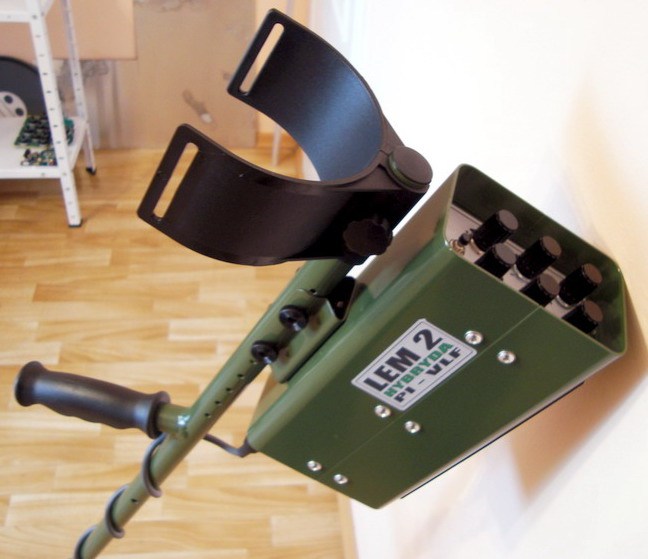Goldtarget
(AKA OldGT)
Let's consider for one small moment that the producers have actually considered this and bothered to build a prototype. Now I'm all for the idea behind but let's examine the shortcomings of doing such a thing, and why it hadn't happened as yet. First question is how hard is it to produce, and what value is it likely to recoup? The idea that one machine running two techs would be cheaper than producing two machines seems unlikely. But let's say its cost effective. Next instead of the end user potentially buying two machines they have to find a price point that encourages a sale in one go, but by nature we agonise over price anyway and i would think pick up the better single tech machine for less dollars and later by the other tech. See the issue for the company building it to sell it? Next each dual machine now has two independent types of tech that can potential go wrong and each tech must pass qa, but probably independent testing. So which qa guy does the retest? Next the buyer gets machine and beings machine back, because its not working for some reason. The poor old service dealer now has to check both techs, but it may not be the tech at all, just the user. And what of the user in the field? Are both technologies running simultaneously? If not that gridded pattern you just walked will need to be replicated to show any advantage. Is there interference or performance issues? Which tech is causing it? It all seems fairly straightforward until you realise the average punter prob doesn't understand the machine they have now as well a they should without adding another curve ball. I'm sure if someone out there could build it someone would buy it but in broad scale production and sales it seems awfully unlikely in my opinion, but hey i like the concept




